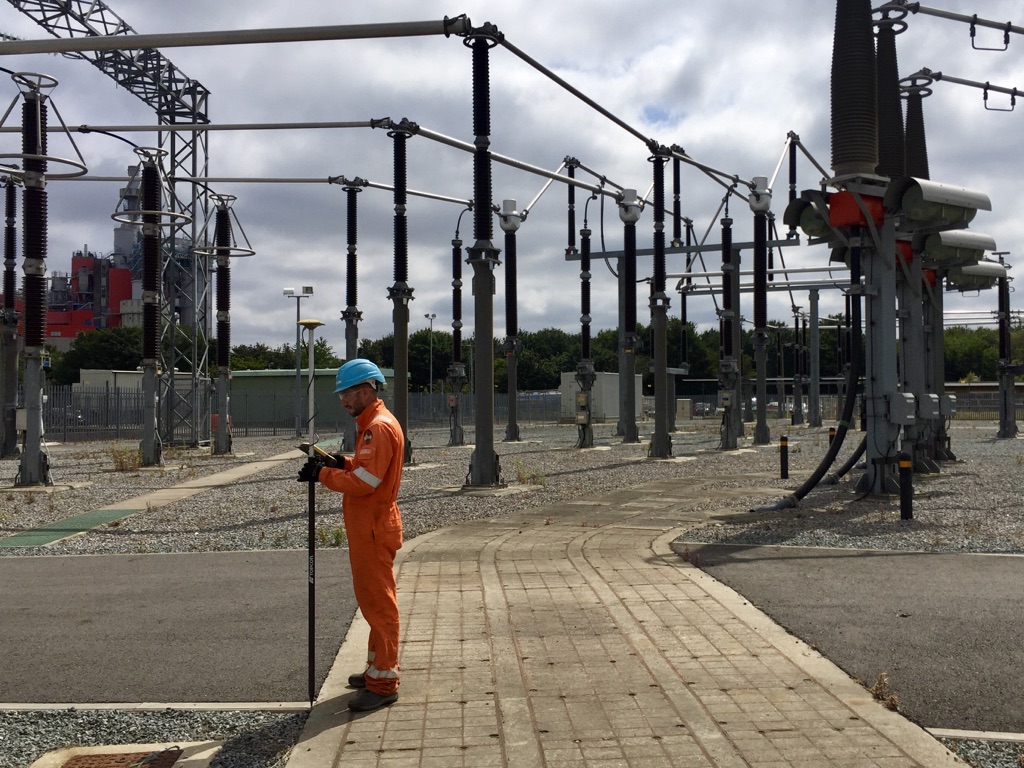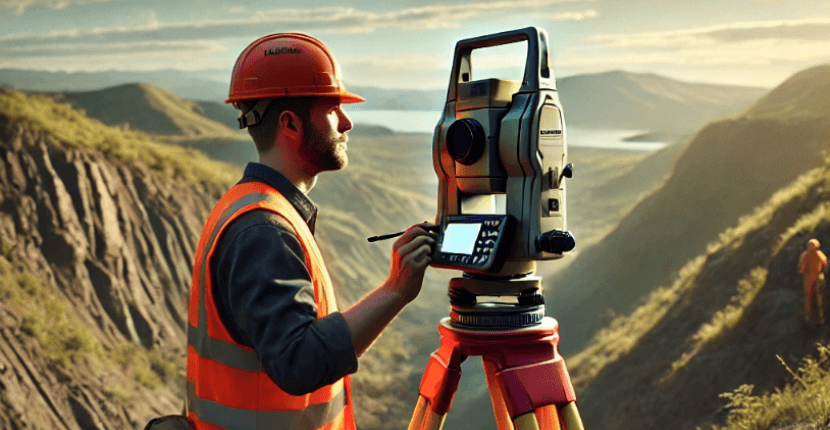Why Measured Building Surveying Is Crucial for Renovations and Restorations
Why Measured Building Surveying Is Crucial for Renovations and Restorations
Blog Article
Necessary Tools and Strategies in Laying Out Design
The discipline of laying out design counts heavily on a suite of essential tools and methods that underpin the precision and efficiency of task implementation. Instruments such as property surveyor's levels, complete terminals, and progressed GPS modern technology are crucial for establishing accurate referral points. The combination of typical techniques with modern practices, including geospatial evaluation and 3D modeling, supplies considerable advantages in imagining site conditions. Understanding just how these components connect is essential for lessening errors and enhancing task outcomes, yet the nuances of their application typically stay forgotten. What implications does this hold for future design practices?
The Relevance of Accurate Measurements

The value of exact dimensions prolongs beyond simple conformity; they are important to the total performance of engineering procedures. Inaccuracies can result in worldly waste, project delays, and increased labor costs, eventually impacting the job's profits. Moreover, accurate dimensions enhance the top quality of the end product, making sure that it executes as planned and satisfies the assumptions of stakeholders - setting out engineering.
Furthermore, the value of exact measurements is apparent in various engineering disciplines, including civil, mechanical, and electric engineering. Each field requires a distinct approach to dimension, yet the underlying requirement for precision remains continuous. As jobs become progressively complicated, the dependence on exact dimensions will just escalate, underscoring the need for continual innovations in dimension techniques and innovations. Hence, promoting a culture that focuses on precision is vital for the future of design.
Necessary Devices for Laying Out
Laying out, a critical stage in the engineering and construction process, counts greatly on details tools that make certain accurate location and alignment of frameworks. Amongst these devices, the surveyor's level sticks out, providing specific horizontal dimensions important for developing reference factors. This instrument enables designers to establish altitude changes and preserve uniformity across the task site.
The total amount terminal is another indispensable device, incorporating electronic distance measurement with angular measurement abilities. This innovation enhances efficiency and precision in catching spatial information, enabling reliable website format and planning.
In addition, using measuring tapes and marking tools, such as chalk lines or stakes, is basic for briefly marking limits and crucial points on the website. These fundamental tools, though simple, are crucial for guaranteeing clear communication among the building and construction group regarding task specs.
Finally, general practitioner technology has obtained traction in laying out procedures, providing real-time placing data and substantially enhancing accuracy over standard approaches. Jointly, these vital devices form the foundation of reliable setting out practices, inevitably adding to the successful implementation of engineering and building and construction jobs.
Advanced Surveying Strategies
Advanced evaluating techniques play a crucial role in improving the accuracy and performance of design tasks. These strategies incorporate a series of methods that offer accurate information for design and building. Conventional methods, such as leveling and triangulation, have advanced into much more innovative methods, including Total Station studies and International Navigating Satellite Systems (GNSS)
Complete Terminal gadgets integrate electronic theodolites with distance dimension abilities, enabling property surveyors to accumulate specific place information with wonderful speed. This innovation dramatically minimizes errors connected with hands-on dimensions and gives real-time data processing. GNSS supplies exceptional precision for large jobs by making use of satellite signals to figure out precise positioning, which is essential for aligning structures and guaranteeing compliance with design specifications.
In addition to these tools, advanced techniques also incorporate geospatial evaluation and 3D modeling. These methods make it possible for engineers to envision surface and website conditions a lot more properly, facilitating better decision-making throughout the preparation phase. By utilizing these sophisticated evaluating methods, engineering tasks can attain greater accuracy in format, minimize rework, and inevitably enhance total project success.
Digital Modern Technology in Engineering
The assimilation of digital modern technology has actually revolutionized design techniques, boosting both performance and precision across different techniques. Tools such as Structure Information Modeling (BIM) facilitate the visualization and management of complicated tasks, allowing designers to team up seamlessly and make educated decisions. This innovation enables the development of detailed 3D versions, which can be analyzed for structural integrity and performance before building starts.

The application of man-made intelligence and machine understanding in design procedures even more enhances predictive maintenance and optimization of resources. These technologies make it possible for the analysis of substantial information collections, resulting in far better projecting and enhanced project outcomes. In general, digital technology is reshaping the engineering landscape, driving technology, and ensuring that tasks are finished with higher effectiveness and minimized threat. As the industry remains to evolve, welcoming these tools will certainly be crucial for future success.
Best Practices for Application
When executing digital innovation in straight from the source engineering, it is important to develop a tactical strategy that straightens with job goals and organizational these details capabilities. A comprehensive assessment of existing workflows and innovation framework is necessary to identify spaces and opportunities for renovation. Engaging stakeholders early in the process cultivates collaboration and makes certain that the innovation meets individual requirements.

Project managers should take on an iterative implementation method, permitting for modifications based upon real-time responses and efficiency evaluations. This active approach not just reduces threats yet additionally advertises continual improvement by incorporating lessons discovered.
Final Thought
In conclusion, the assimilation of necessary tools and advanced techniques in establishing out design is essential for ensuring precision in dimensions and effective project execution. measured building surveying Utilizing instruments such as land surveyor's levels, total stations, and GPS technology, together with modern surveying methods, boosts accuracy and minimizes the probability of errors. Embracing ideal methods in execution better enhances these procedures, eventually fostering improved job end results in the design and building sectors.
The technique of establishing out design counts heavily on a suite of crucial tools and methods that underpin the accuracy and performance of task execution.Moreover, the value of precise dimensions is noticeable in numerous engineering self-controls, consisting of civil, mechanical, and electrical design. By employing these advanced checking methods, engineering projects can achieve better accuracy in format, decrease rework, and ultimately enhance total task success.
In general, electronic technology is reshaping the engineering landscape, driving innovation, and guaranteeing that projects are completed with better efficiency and minimized danger (setting out engineering).In conclusion, the integration of crucial devices and progressed techniques in setting out design is crucial for guaranteeing precision in measurements and successful project execution
Report this page